January 30th, 2014
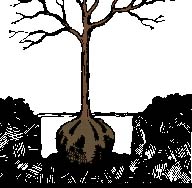
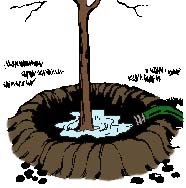

This is Passport to Texas
Trees are habitat for wildlife. And if you’re adding new trees to your landscape, you need to know the rules.
19—People frequently ask how close they can put a tree to the house, because shade on the house obviously is a huge energy savings. The general rule of thumb is you go no closer to the house than the eaves are high. So, if you measure up to the eaves of your house, and it’s ten feet high, then you need to get ten feet back from the house.
Scott Harris, a certified arborist in Austin, recommends planting only native specimens.
21—You always want to plant your trees at the exact level they were in the pot. Don’t dig a big deep hole, dig a big wide hole. Always use the same soil you took out to backfill. But, you can put your compost underneath the mulch, and then all of that organic goodness will dribble down in the way that nature intended.
By watering infrequently and deeply, we can help new trees develop extensive root systems.
12—If you just have a little bit of water in one area, that’s where the roots are going to go. But if you water very deeply, it’ll spread into the surrounding soil, and the roots will follow that moisture out.
Strong root systems help trees remain strong and withstand drought.
That’s our show…Funding provided in part by Ram Trucks. Guts. Glory. Ram…
For Texas Parks and Wildlife…I’m Cecilia Nasti.
Posted in Conservation, Education, Land/Water Plan | Comments Off on Habitat: Tree Planting Tips
January 29th, 2014

Texas Madrone, image from Aggi-Horticulture
This is Passport to Texas
Now is an ideal time to plant trees throughout most of Texas…and you might wonder why.
08—Two reasons: the two most important constituents in tree planting—the people planting the trees and the trees. It’s just much easier on them.
Scott Harris is a certified arborist in Austin. Tree planting season in Texas started in October and continues through March.
11—Getting the trees in the ground in the fall [and winter], they have the entire cool season, dormant season, to spread roots out before the big demands on roots and water start in the spring.
Just because a tree will grow in Texas, doesn’t mean it should grow here. Harris advises that we all exercise caution about what we plant in our yards.
:20—The biggest thing to avoid is non-natives. Our natives have all of the features you would want, but they’ve spent thousands and thousands of years getting used to being here, and with all of the wildlife used to having them, too. It’s all a web, and you can’t tell which string you can pull out without upsetting things.
Tomorrow we’ll have a few tree planting tips to help you and your newly planted tree enjoy a long and happy life together
That’s our show…Funding provided in part by Ram Trucks. Guts. Glory. Ram…For Texas Parks and Wildlife…I’m Cecilia Nasti.
Posted in Conservation, Education | Comments Off on Habitat: Planting Native Trees
January 28th, 2014
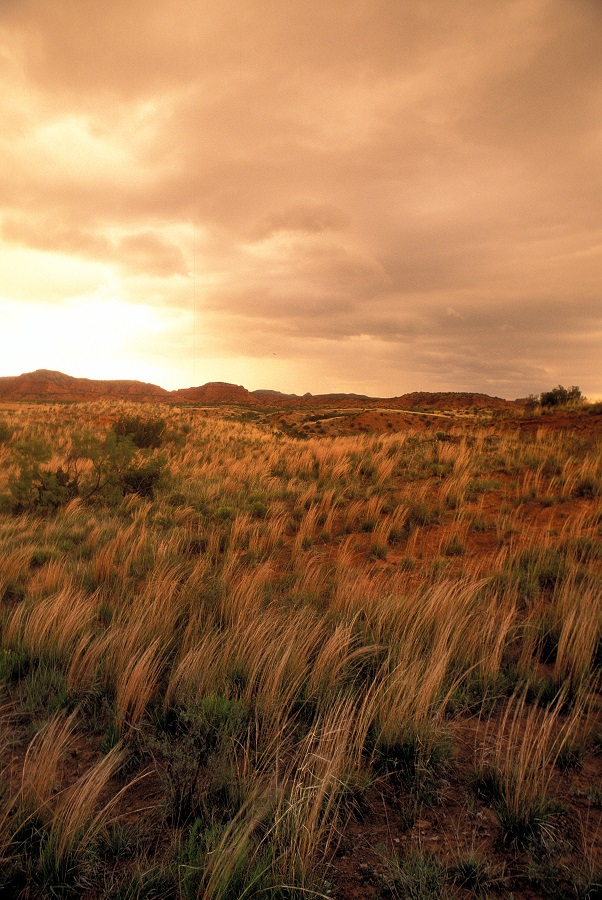
Caprock Canyons State Park
This is Passport to Texas
Returning land to near its original state –it’s condition prior to farming, grazing or development –takes years of planning and preparation.
07—Practically speaking it might take you a couple years to do some habitat assessment…to do some botanical assessment…
David Riskind… director of the natural resources program for state parks… says in most cases we can only approximate what the land looked like.
06—Most of the lands were previously forested…they were timbered…they were ranched…they’ve been modified.
One reason it takes two or more years to conduct assessments has to do with the state’s climate extremes.
14—We might acquire a piece of property, for example, during a drought year. We’d like to see what it looks like when it’s wet. So, before we do anything, we want to see what’s there. And quite often, we’re surprised at what recovers on a site after it has a chance to rest for a while.
After the land has had a chance to rest, then assessments take place.
13—We will do our baseline assessments. We may do some quantitative work… And then, for example, if it’s a grassland restoration project, it might take us another couple of years to gather the kinds of seed that we need to do restoration.
Find landowner information on the TPW website.
The Wildlife Restoration Program…supports our series and funds diverse conservations projects in Texas. For Texas Parks and Wildlife…I’m Cecilia Nasti.
Posted in Conservation, Land/Water Plan | Comments Off on Conservation: Land Restoration
January 27th, 2014
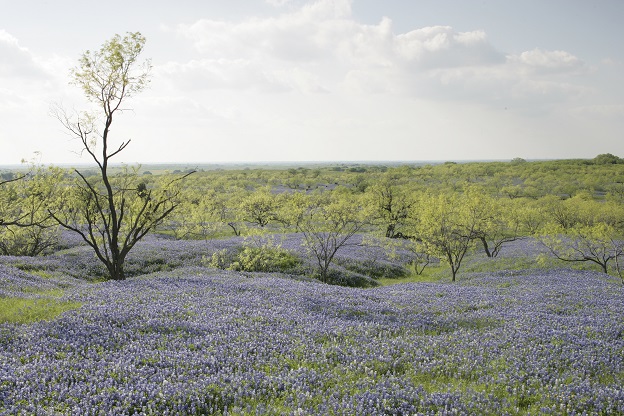
Lone Star Land Steward statewide winner 2007. Gary and Sue Price
This is Passport to Texas
The concept of land management and restoration varies depending on landowner objectives.
09—It depends of whether you’re trying to restore forest, whether you’re trying to restore woodland, whether you’re trying to restore marsh or whether you’re trying grassland.
David Riskind is director of the natural resources program for state parks. Landowners managing for conservation purposes use similar strategies as other landowners, with one important difference.
38—They use a lot of the same strategies as other landowners do. Whether you’re in the forest business, the timber industry, the grass industry. But your objectives are different. In other words, you might weight it towards endangered species; you might weight it toward watershed protection, it might be toward songbird protection. But increasingly today, more and more people are getting involved in what’s called eco-system management. That is, you have an integrated approach. You include soil, you include wildlife, you include watersheds, you include hydrology and you include man as well.
Ecosystem management means addressing the long-term consequences of today’s decisions, and thinking of resources as interrelating parts of systems rather than as individual components to be managed separately.
The Sport Fish and Wildlife Restoration program supports our series and supports diverse conservation projects in Texas.
For Texas Parks and Wildlife…I’m Cecilia Nasti
Posted in Conservation, Land/Water Plan, Land/Water Plan | Comments Off on Conservation: Land Management
January 24th, 2014
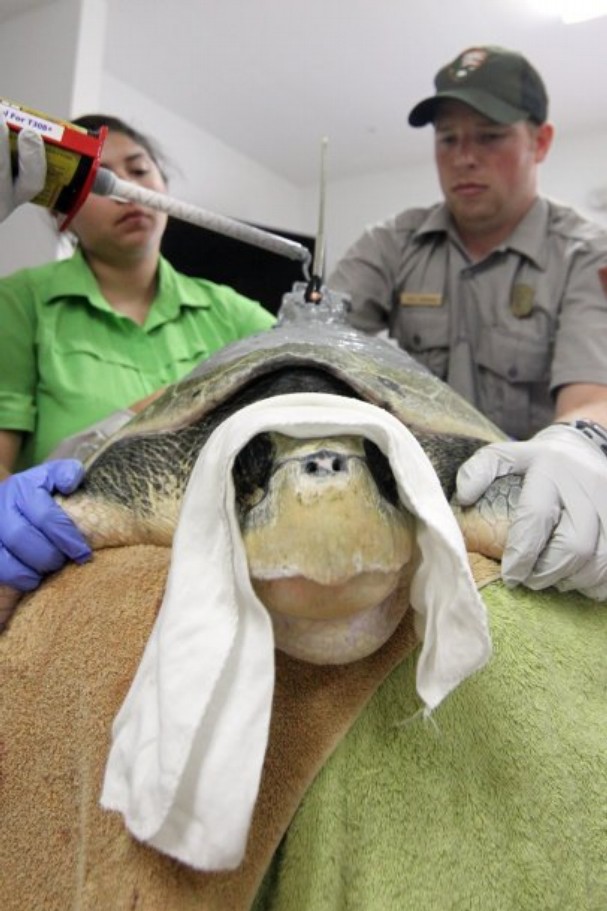
Sea turtle receiving GPS, Image courtesy Corpus Christi Caller Times
This is Passport to Texas
Understanding where wildlife goes provides valuable information to help manage species. Dr. Donna Shaver uses the newest GPS technology in tandem with satellites orbiting12-thousand miles above earth, [fade in ocean ambiance] to track endangered Kemp’s Ridley Sea Turtles on the Texas coast.
07— We’re conducting this tracking because we want to get an idea about the habitat usage by these adult females.
Dr. Shaver is with the National Park Service.
13— We want to see where they’re going in the marine environment, which is where they spend the vast majority of their life; where they’re going for migration as well as for foraging when they’re done nesting.
[lab ambiance] It takes Dr. Shaver and her team about three hours to prepare a turtle for tracking.
18 – We have to sand the shell; we put down the first layer of epoxy, then we’ll affix the transmitter. Then when it’s on there solid, we will paint the surface to help prevent barnacles from adhering onto that area where it [the transmitter] has been applied.
See how Dr. Donna Shaver uses GPS and satellite technology to track endangered Kemp’s Ridley Sea Turtles on the TPW PBS TV series during the week of January 26. Check local listings.
08— We’re one step closer towards recovering the species someday so that it can be enjoyed by future generations.
That’s our show…Funding provided in part by Ram Trucks. Guts. Glory. Ram…For Texas Parks and Wildlife…I’m Cecilia Nasti.
Posted in Endangered, TPWD TV, Wildlife | Comments Off on TPW TV: Eye in the Sky









 Passport to Texas is a
Passport to Texas is a  Passport to Texas is made available by:
Passport to Texas is made available by: